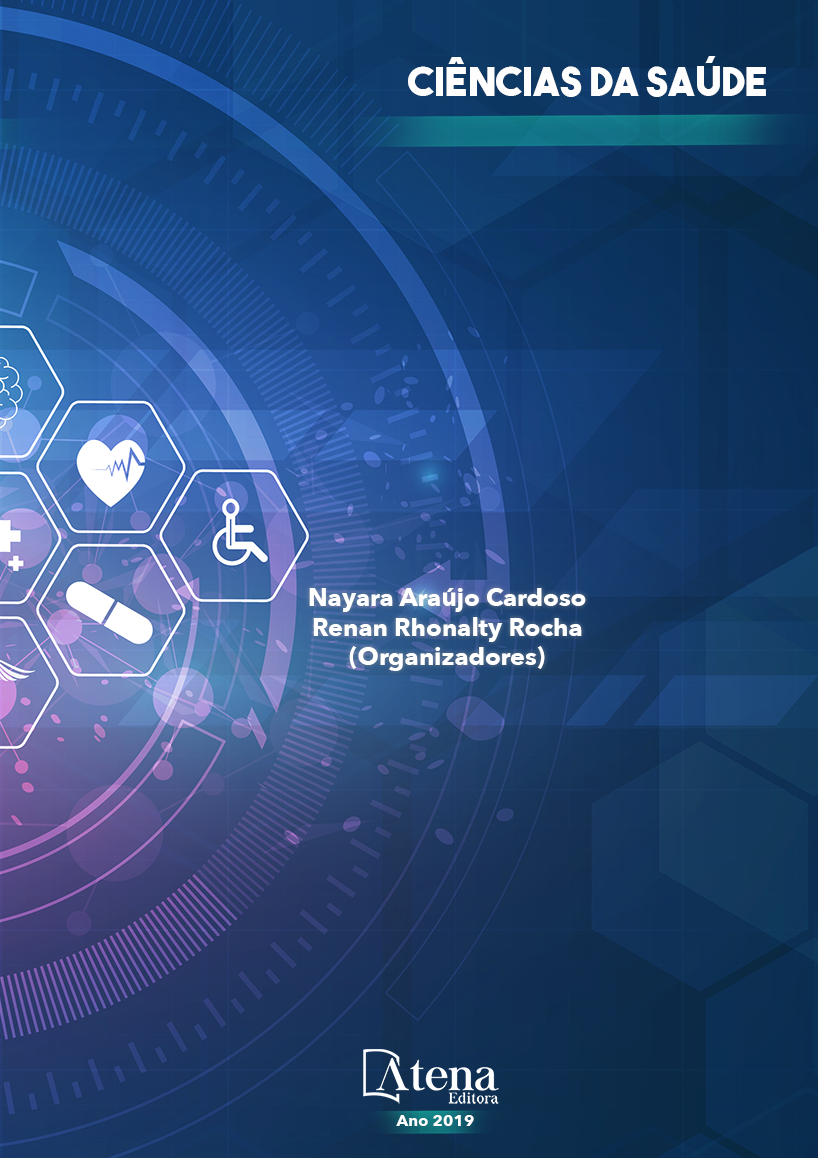
AVALIAÇÃO IN VITRO DA RADIOPACIDADE DE CIMENTOS DE IONÔMERO DE VIDRO INDICADOS PARA TRATAMENTO RESTAURADOR ATRAUMÁTICO
O Tratamento Restaurador
Atraumático (TRA) é uma técnica minimamente
invasiva que consiste na remoção da dentina
infectada, e remineralização da dentina afetada
através da liberação de flúor proveniente do
material restaurador (o Cimento de Ionômero de
Vidro autopolimerizável e de alta viscosidade).
Radiografias são de extrema importância para
o acompanhamento dos casos onde a técnica é
aplicada e a radiopacidade a característica que
deve ser levado em conta para esse objetivo.
A International Standards Organization (ISO)
pela normatização 9917.1 de 2007 padronizou
os níveis ideais de radiopacidade para esses
materiais restauradores. Este estudo teve
como objetivo avaliar o nível de radiopacidade
de 6 ionômeros de vidro, indicados para TRA, e
compará-los com os requisitos da ISO 9917.1 de
2007. Foram utilizadas 6 cartelas do tipo blister
cada uma com 6 cavidades. Cada cavidade foi
preenchida por 1 tipo de CIV, tendo assim, cada
cartela uma amostra de cada grupo (N= 36).
As cartelas foram radiografadas e as imagens
comparadas, com uma escala de alumínio,
via análise analógica por 2 examinadores
previamente calibrados. Os dados foram
comparados e analisados via teste estatístico
Kappa com concordância média de 86,11%
(p<0,001). Apenas 2 ionômeros (Ionglass R®
e Ketac™ Molar®) foram considerados ideais
perante a ISO. Os Outros 4 CIVs (Vitro Molar®,
Maxxion R®, Riva Self Cure® e Íon Z®) estavam
fora do padrão. Apesar de ser uma normativa
internacional, foi constatado que ainda há
materiais que não a seguem.
AVALIAÇÃO IN VITRO DA RADIOPACIDADE DE CIMENTOS DE IONÔMERO DE VIDRO INDICADOS PARA TRATAMENTO RESTAURADOR ATRAUMÁTICO
-
DOI: 10.22533/at.ed.2681918024
-
Palavras-chave: Cimentos de Ionômeros de Vidro. Tratamento Dentário Restaurador sem Trauma. Radiografia Dentária
-
Keywords: Glass Ionomer Cements. Dental Atraumatic Restorative. Radiography, Dental.
-
Abstract:
Atraumatic Restorative Treatment
(TRA) is a minimally invasive technique that involves the removal of infected dentin and remineralization of the affected dentin
through the release of fluoride from the restorative material, self-cured, high-viscosity
Glass Ionomer Cement. Radiographs are extremely important for the monitoring of
cases where the technique is applied and radiopacity the characteristic that must be
taken into account for this purpose. The International Standards Organization (ISO)
under standardization 9917.1 of 2007 standardized the optimal levels of radiopacity for
these restorative materials. The objective of this study was to evaluate the radiopacity
level of 6 glass ionomers, indicated for TRA, and to compare them with the requirements
of ISO 9917.1 of 2007. Six blister cards each with 6 wells were used. Each cavity
was filled by 1 type of VSD, each carton having a sample from each group (N = 36).
The cards were radiographed and the images compared with an aluminum scale,
via analog analysis by 2 previously calibrated examiners. Data were compared and
analyzed using Kappa statistical test with mean agreement of 86.11% (p <0.001). Only
2 ionomers (Ionglass R® and Ketac ™ Molar®) were considered ideal under ISO. The
other 4 CIVs (Vitro Molar®, Maxxion R®, Riva Self Cure® and Ion Z®) were out of
standard. Although it is an international regulation, it has been verified that there are
still materials that do not follow it.
-
Número de páginas: 15
- Karlla Almeida Vieira
- Pedro Affonso Ferreira De Menezes
- Yann Victor Paiva Bastos
- Sáskia de Souza Pordeus
- Clarissa Moraes Bastos
- Clóvis Stephano Pereira Bueno


